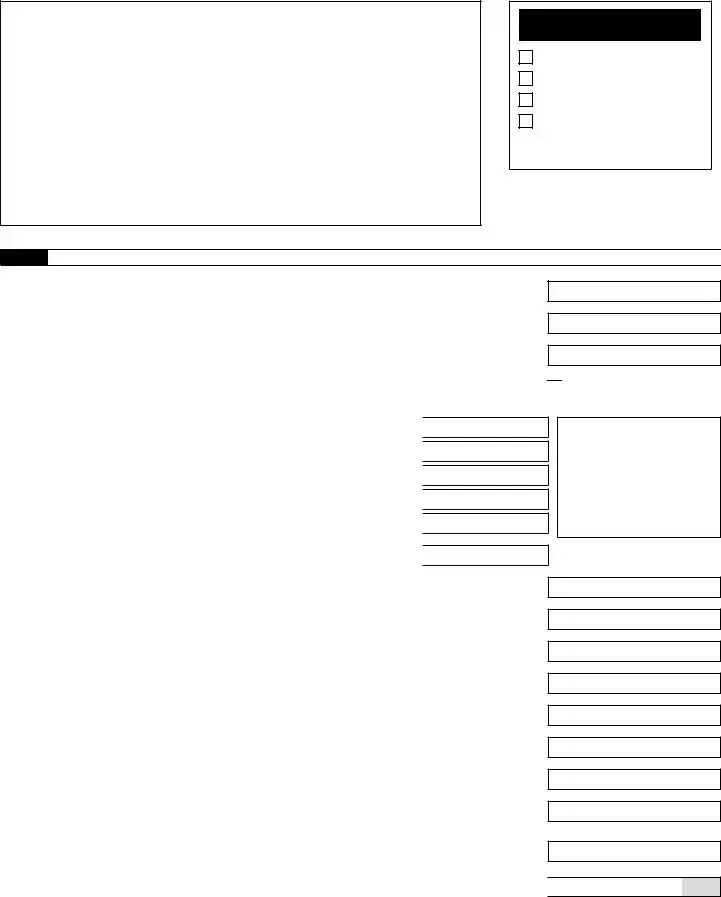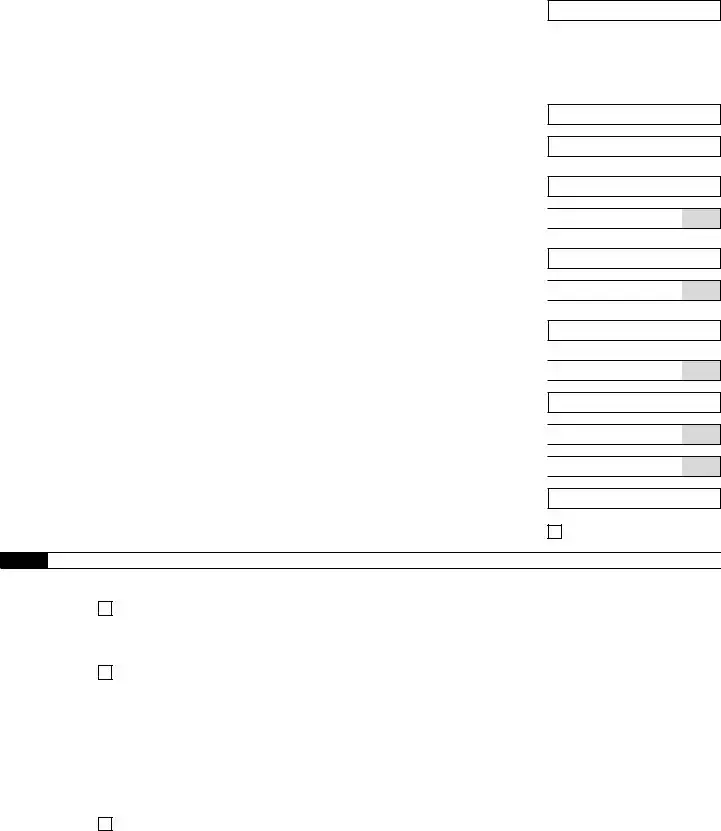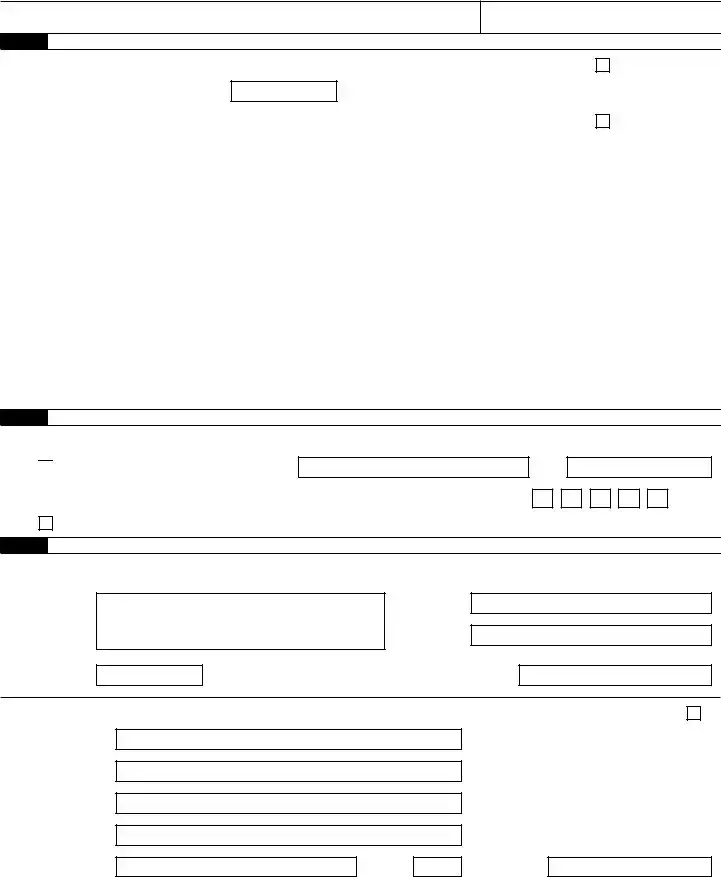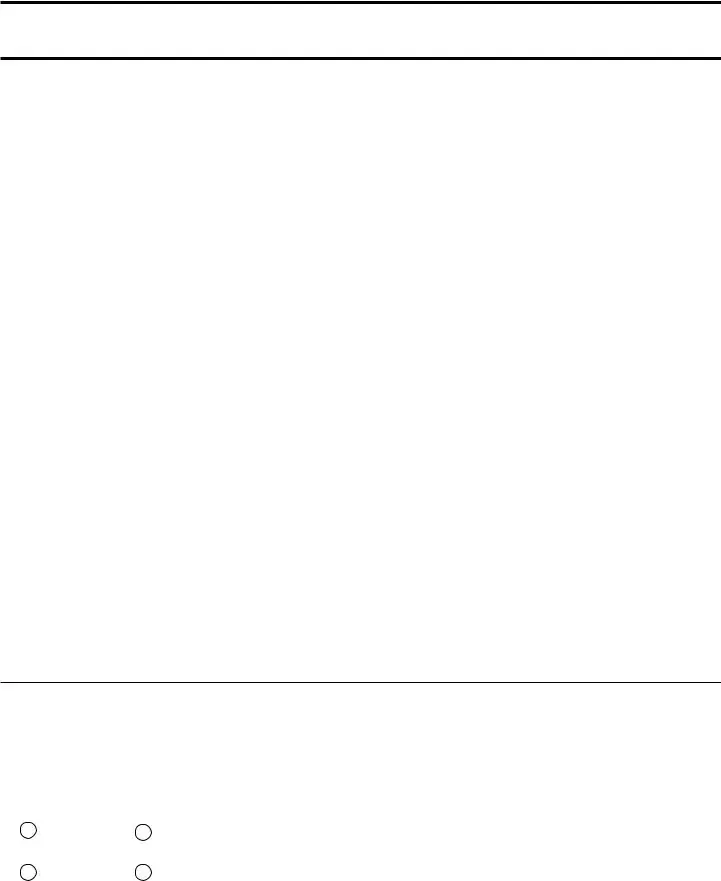What is the IRS Form 941 used for?
The IRS Form 941, known as the Employer's Quarterly Federal Tax Return, serves a critical role for employers. It is utilized to report income taxes, social security tax, or Medicare tax withheld from employee's paychecks. Additionally, it calculates the employer’s portion of Social Security or Medicare tax. By filing this form every quarter, employers fulfill their federal tax obligations related to employee compensation.
Who needs to file the IRS Form 941?
Most employers operating a business and paying wages to employees are required to file IRS Form 941. This includes corporations, small businesses, households employing domestic workers, non-profit organizations, and government agencies. Exceptions include those hiring seasonal workers, farm employees, or household employees, for whom different reporting forms are used.
When are the deadlines for filing the IRS Form 941?
The IRS mandates that Form 941 be filed four times a year. The deadlines for each quarter are as follows: April 30 for the first quarter (January – March), July 31 for the second quarter (April – June), October 31 for the third quarter (July – September), and January 31 for the fourth quarter (October – December). To avoid penalties, it’s crucial for employers to adhere to these deadlines.
Can IRS Form 941 be filed electronically?
Yes, the IRS encourages the electronic filing of Form 941 through the e-file system. This method is faster and more secure compared to paper filing. Employers can e-file directly or through a tax professional who is an authorized IRS e-file provider. Using e-file also allows for quicker confirmation that the IRS has received the form, reducing the risk of penalties for late filing.



 Check and go to line 6.
Check and go to line 6.

 .
. .
. .
. .
. .
.

 Yes. Designee’s name and phone number
Yes. Designee’s name and phone number
